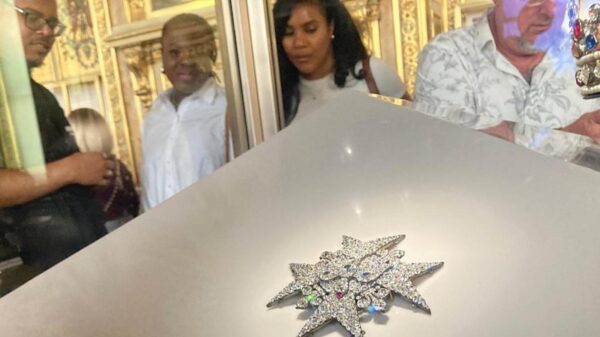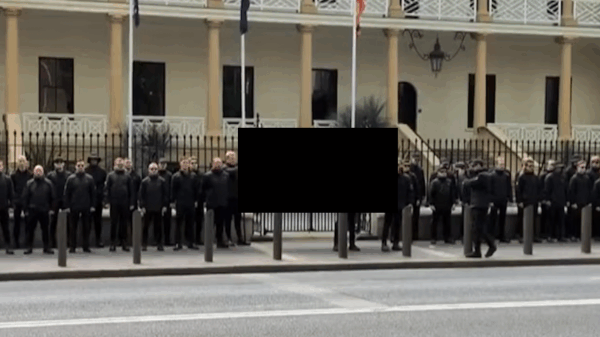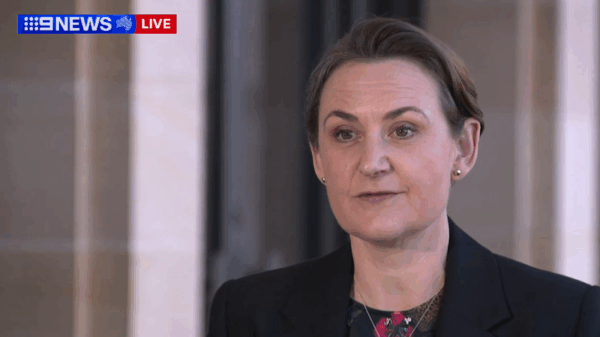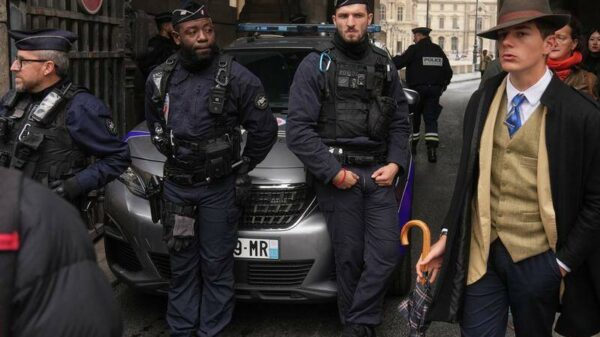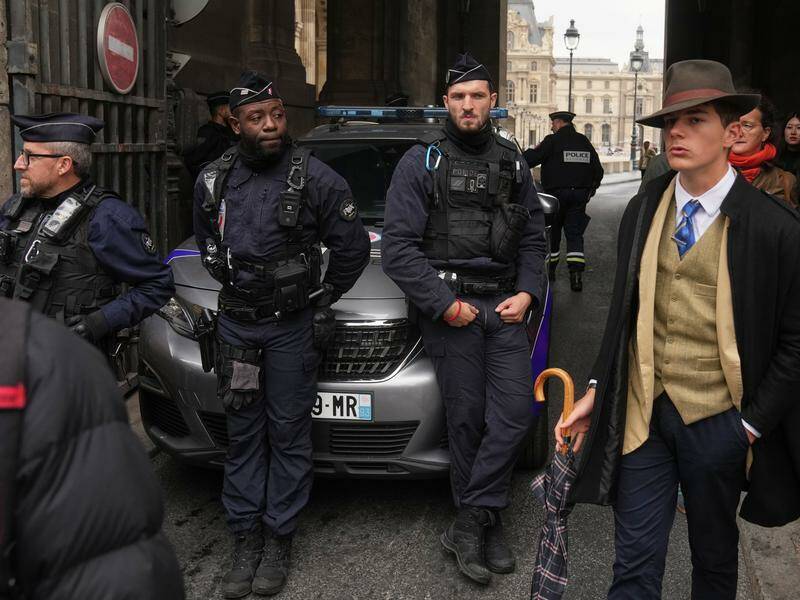A striking photograph taken during the recent heist at the Louvre has transformed a 15-year-old boy into an internet sensation. Pedro Elias Garzon Delvaux, captured mid-stride in a fedora while police secured the scene, has embraced his unexpected fame rather than rushing to reveal his identity.
The image of Garzon Delvaux, dubbed “Fedora Man” by online users, was taken on March 15, 2025, just hours after thieves executed a daring robbery of French crown jewels. Garzon Delvaux was unaware that he would become a focal point of the story when he visited the museum with his family that day. Instead of revealing himself immediately, he chose to maintain the intrigue surrounding the photograph.
Garzon Delvaux lives in Rambouillet, approximately 30 kilometers from Paris, with his parents and grandfather. He cites a passion for detective stories, particularly those of Sherlock Holmes and Hercule Poirot, as influencing his decision to play along with the mystery. “With this photo, there is a mystery, so you have to make it last,” he stated.
In his first in-person interview since the photograph went viral, Garzon Delvaux showcased his signature style: a fedora, a vintage Yves Saint Laurent waistcoat borrowed from his father, and a sharp three-piece suit, all complemented by a war-battered Russian watch. He explained that the fedora pays homage to Jean Moulin, a hero of the French Resistance.
The image itself captures a dramatic scene: three police officers leaning on a car outside the Louvre, with Garzon Delvaux walking past, resembling a character from a noir film. The photograph initially aimed to document a crime scene but instead sparked millions of theories online. Some speculated about the identity of the well-dressed figure, questioning whether he was a detective, an insider, or even an AI-generated image.
Garzon Delvaux acknowledged the confusion surrounding his appearance. “In the photo, I’m dressed more in the 1940s, and we are in 2025. There is a contrast,” he remarked. Friends and relatives were initially skeptical until they spotted his mother in the background, confirming his identity.
The visit to the Louvre was unplanned. “We wanted to go to the Louvre, but it was closed. We didn’t know there was a heist,” Garzon Delvaux recounted. After asking police about the closure, he unknowingly walked into the frame just as photographer Thibault Camus captured the moment.
Just days later, a friend alerted him to the viral nature of the photo. “She told me there were five million views,” he said, expressing surprise at the rapidity of his newfound fame. His mother called to inform him that he had appeared in The New York Times. “It’s not every day,” he remarked, noting the reactions of family and friends from as far away as Colombia and Austria who contacted him with screenshots of the image.
Garzon Delvaux’s stylish appearance is not a coincidence. He began dressing in this manner less than a year ago, inspired by historical figures and classic detective stories. “I like to be chic. I go to school like this,” he explained, standing out in a sea of casual attire. The fedora, reserved for special occasions, has become a symbol of his unique style, which he hopes will inspire others.
His mother, Felicite Garzon Delvaux, who grew up in a museum environment, instilled a love for art in her son. “Art and museums are living spaces,” she emphasized, highlighting the importance of creativity in their lives. This background likely shaped Garzon Delvaux’s understanding of the power of imagery, prompting him to let the myth of “Fedora Man” develop before stepping into the spotlight.
After several days of silence, he switched his Instagram account from private to public, allowing followers to uncover his identity. “People had to try to find who I am,” he said. When journalists approached him, they were taken aback by his age.
Looking ahead, Garzon Delvaux is open to the possibilities that may arise from his moment in the limelight. “I’m waiting for people to contact me for films,” he said with a grin. In a narrative centered on theft and criminal intrigue, “Fedora Man” stands out as a relatable figure—a teenager who believes that art, style, and a good mystery are integral to everyday life.
As he reflects on his unexpected fame, Garzon Delvaux acknowledges, “I’m a star,” not as a boast but as an exploration of identity. “I’ll keep dressing like this. It’s my style.”










